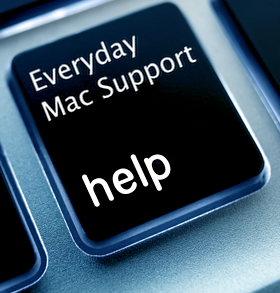This Mac tip is provided by Mark Greentree and was originally posted on Mark’s blog – Everyday Mac Support. For more of Mark’s tips visit his site, follow him on Twitter, or browse his archive of posts here.
How To: Encode Video Files In Mac OS X Lion Directly In The Finder
A new feature to Mac OS X Lion is the ability for users to select a video file in their Finder and simply encode the file in question to a series five different options and settings which include 480p, 720p, 1080p, Audio Only, and Apple Pro Res. Having this available in the operating system is a perfect solution for users not wishing to have to launch applications to convert files for different purposes.
Please note that each option is ‘up to’ the said resolution and will not scale your video to fit.
Simply take your compatible video file and select it within the Finder. Then right click which will present the following drop down menu:

As shown above simply highlight and select ‘Encode Selected Video Files’ and the following window of options will be displayed:

As you can see from the above image you have all the basic, but vital, information to be able to make a choice as to how you would like to encode your media.
By default, you will be presented with the 480p version. However, simply click on the drop down menu for the settings and you will be able to change it to one of the following:

Simply select the quality which best resembles your needs and then the information in the bottom area of the window will change to reflect this.
480p and 720p allows for a single additional preference which the others don’t give you control over. That is how your Mac will encode the content. Either for compatibility or quality. You can select which option you would prefer by simply clicking on the drop down menu.
As you would have noticed from the image above you will also be presented with information relating to the file output which is going to be used along with what devices the format is currently compatible with.
By default, the new encoded version of the video file will be saved in the same location as the source file. You can change the location to be of your choosing by deselecting the “Same as source file” tick box and then proceeding to select an area from the drop down menu.
You can also request the source files be deleted after the encoding has taken place. Personally, I would advise you don’t choose this option. It is always advisable to make sure that the video is ecoded correctly before deleting your source file.
When ready to proceed simply press Continue and your new encoded file will be created.
Unfortunately, there is no progress bar which will be shown as the encoding is taking place so you will not know when the conversion is complete. That is until you attempt to open the file and playback the media in question. Hopefully, this will be something that Apple will address and update in future updates of the operating system.


